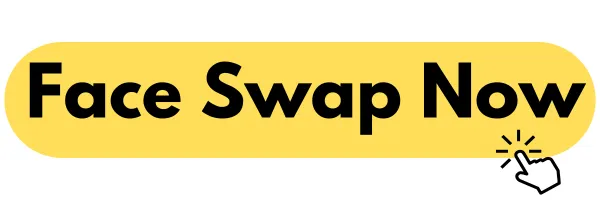Charlize Theron deepfakes
In the digital age, deepfakes have become a prominent and concerning phenomenon, and the case of Charlize Theron deepfakes is a prime example that showcases the various implications and challenges associated with this advanced yet potentially harmful technology.

- Alexander Reed
- 4 min read

 In the digital age, deepfakes have become a prominent and concerning phenomenon, and the case of Charlize Theron deepfakes is a prime example that showcases the various implications and challenges associated with this advanced yet potentially harmful technology.
In the digital age, deepfakes have become a prominent and concerning phenomenon, and the case of Charlize Theron deepfakes is a prime example that showcases the various implications and challenges associated with this advanced yet potentially harmful technology.
Charlize Theron, a highly acclaimed actress known for her versatility and powerful performances, has unfortunately found herself the subject of deepfake creations. Deepfakes are synthetic media, typically videos or audio recordings, that are fabricated using artificial intelligence algorithms to make it seem as if a person is doing or saying things they never actually did or said ai face swap video.
To generate a Charlize Theron deepfake, a significant amount of data related to her is first collected. This includes her numerous films, interviews, public appearances, and any available visual or audio recordings. The more extensive and diverse this dataset, the more precisely the deepfake algorithm can mimic her unique characteristics. Once the data is amassed, machine learning techniques like generative adversarial networks (GANs) or variational autoencoders (VAEs) are employed. For example, GANs consist of a generator and a discriminator. The generator attempts to create new content that closely resembles Charlize Theron, while the discriminator tries to distinguish between the real and the fake. Through an iterative training process, the generator hones its ability to produce convincing deepfakes as it receives feedback from the discriminator.
There are several motives behind the creation of Charlize Theron deepfakes. Some individuals might be driven by what they consider “entertainment” value. They may envision putting her in fictional or humorous situations that deviate from her real-life experiences. However, this form of “entertainment” often overlooks the ethical implications and the potential harm it can cause to her reputation. Others may have more malicious intentions. They could create false content to smear her name or use her image inappropriately, which could have a negative impact on both her personal and professional life.
The existence of Charlize Theron deepfakes has far-reaching consequences. Firstly, it poses a significant threat to her reputation and legacy. If false videos or audio recordings surface showing her in unseemly or contrary-to-character situations, it can distort the public’s perception of her. Her status as a respected actress and a symbol of talent could be marred, affecting how future generations remember her. Secondly, it raises doubts about the authenticity of media in general. When people encounter such seemingly real but false content, they may become more skeptical of all media they come across, making it challenging for legitimate media creators to convey accurate information.
Moreover, the creation and dissemination of Charlize Theron deepfakes bring about numerous legal and ethical issues. Legally, it’s not always clear how existing laws regarding defamation, privacy, and intellectual property rights apply to deepfakes. For example, determining whether a deepfake constitutes defamation requires establishing that the false content has caused actual harm to her reputation and that the creator had malicious intent. Ethically, using her likeness without her consent to create false and potentially harmful content violates the principles of respect for individuals and their rights to control their own image and reputation.
To combat Charlize Theron deepfakes, several strategies can be implemented. Technologically, researchers are developing advanced deepfake detection tools. These tools analyze various aspects of the media, such as the consistency of facial expressions, the flow of movements, and the spectral characteristics of the voice, to identify potentially fabricated content. Additionally, digital watermarking and authentication techniques can be used to verify the origin and authenticity of media content.
Legally, the legal system needs to be updated to specifically address deepfakes. This includes clarifying the definitions of what constitutes a deepfake, how it relates to existing laws such as defamation and privacy, and what the appropriate penalties are for creating and spreading such content.
Socially, raising awareness about the existence and dangers of deepfakes is crucial. Through media campaigns, educational programs in schools and universities, and public service announcements, people can be informed about how deepfakes are created, how to identify them, and why they are a threat to our digital ecosystem.
In conclusion, the Charlize Theron deepfakes situation highlights the need for vigilance and proactive measures to protect the reputation and rights of individuals in the face of this emerging technology. It also emphasizes the importance of safeguarding the integrity of our digital media environment to ensure that the public can trust the media they consume.